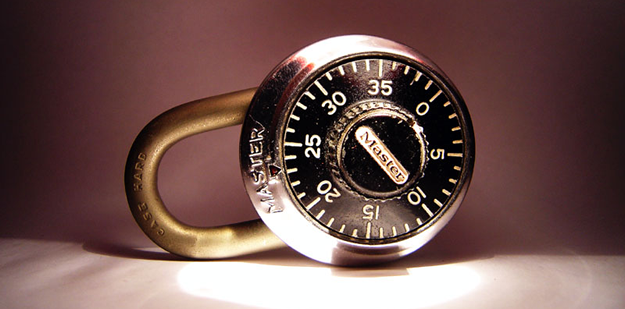Being a webmaster, you pour your heart and soul into creating a website that is filled with great content for your visitors. Content is the driving force behind any successful website, it is what generates traffic, builds reputation and, ultimately, benefits your bottom line. Having worked so hard to fill your site with wonderful articles, pictures, and graphics, imagine waking up one day to find that your content had been stolen – taken without consent by someone who wishes to use it for their own gains.
Someone passing off your work as their own is not only the stealing of your intellectual property; it can be damaging your website and your business.
Unfortunately, if you are producing great content, there is always going to be someone out there looking to steal it; however, there are ways to go about protecting your work – ways that are now considered mandatory by most webmasters.
How to protect content from being stolen
There is a number of ways in which you can go about protecting your content from online thieves. The most common method is to add copyright to every page on your website. You can do this by adding the universal © sign to all work and by placing your name, date and title within the code.
The average web user will steal content using the ‘copy and paste’ method; you can prevent this by disabling the right click function. Although it is not a bulletproof way of protecting content, it is possible to add a snippet of JavaScript code to each page of your site to block copy and pasting.
It is also possible to disable JavaScript in the browser of the user.
A popular way of protection photos and images is to add a watermark, either in the form of a logo or signature. Many webmasters are also adding the DMCA Protection Badge to websites to serve as an extra deterrent.
The DMCA (Digital Millennium Copyright Act) is a United States copyright law designed to protect intellectual property; however, the free Protection Badge is freely available to websites in all nations, in case you run a WordPress website then this plugin will help you install the DMCA badges on your WordPress website.
How to search for websites stealing your content
If you suspect that your content may have been stolen it is wise to carry out a search.
The best way to do this is to use CopyScape. CopyScape has become the industry-standard tool for searching for copies of your work on the web.
Using the online software, webmasters can simply enter the URL of their own webpages and CopyScape will do the rest, searching for any identical content on the web. Other tools offer the same service as CopyScape – CopyGator and Dupli Checker being two – however, none are as comprehensive as CopyScape.
Another way of doing a search for your content online is to simply copy and paste a section of your work into Google search. The search engine will then pull up any website with similar or identical content.
What to do when you find your website content has been stolen without any permission
If your search for plagiarism(from Latin plagiarius “kidnapper, seducer, plunderer, one who kidnaps the child or slave of another” now used for stealing others ideas thus content) proves successful and you come across a website that you believe to have stolen your content without permission, the next step is to do something about it.
Firstly, you will need to find out the owner, the hosting provider, and the registrar of the website you suspect. If the plagiarized content is hosted by a well-known third-party site such as HubPages or Squidoo, you can report directly to them with your evidence and ask that they take the content down and deal with the offender.
However, in the majority of circumstances, stolen content will appear on websites with no owners, making your task slightly more difficult.
Using online tools such as uTrace and Whois Source can help provide you with the details needed to identify whom to contact.
If the site has a host (as opposed to being self-hosted), you should contact the provider directly about its copyright infringement policy, they will generally act quickly in dealing with offenders and having content removed. Before the host acts, though, it will need to see substantial evidence. This may involve you taking screenshots of material, as well as dates and times. If the website is self-hosted, you will need to contact the owner directly via email or letter (if a physical address is available) asking them to kindly take down the content. In your email or letter, you will need to reference the relevant copyright law for your country.
You should also contact the major search engines.
Google, Bing and Yahoo! do not like content theft any more than you do and have policies in place to deal with offending websites.
Your content is placed online for the benefit of your visitors, not to be taken and used illegally by thieves out for a quick profit. While content theft is not likely to go away anytime soon, following the steps mentioned in the article will help you fight back against those up to no good.


You must be logged in to post a comment.